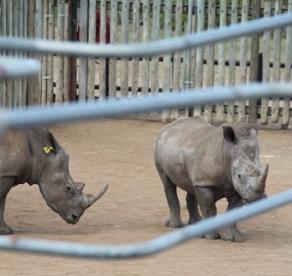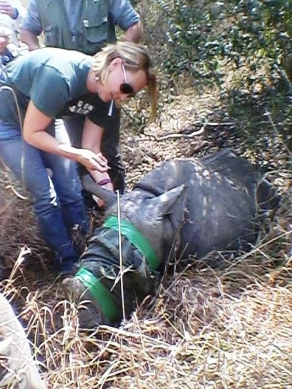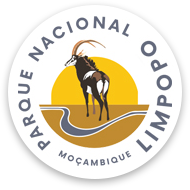The Rhino Protection Programme (RPP) partners have allocated a combined R3.8 million ($311 000) in funding to bolster the efforts of the wildlife veterinary teams from both Ezemvelo KZN Wildlife (Ezemvelo) and Kruger National Park (KNP). The projects supported by the RPP have already started and focus on the treatment, rehabilitation and eventual reintroduction of injured adult rhino; and the recovery, nurturing and reintroduction of orphaned rhino.

The Rhino Protection Programme is a collaboration between the Department of Environmental Affairs, South Africa National Parks (SANParks), Ezemvelo and Peace Parks Foundation. The RPP’s investment is made possible through funding from the Dutch and Swedish postcode lotteries and other private donors that include The Sophia Foundation and the UK-based fundraising initiative, The Charge.

Mr Werner Myburgh, CEO of Peace Parks Foundation, lauded these donors for recognising the importance of supporting and developing veterinary care as an integral component of the battle to save the rhino: “Amidst the overwhelming focus placed on other critical anti-poaching interventions, the crucial role that wildlife veterinary teams play and the support they need are often overlooked and underestimated by the general public. These teams work quietly beside conservationists and security forces at the frontlines of the rhino poaching war every day – not only providing medical treatment to injured rhino, and nurturing those young rhino orphans who hold the future of the rhino population in their DNA, but also collecting and processing forensic medical evidence that play a vital role in the apprehension and conviction of those who perpetrate wildlife crimes.”
KNP and Ezemvelo each hold their own significance with regard to rhino protection, with KNP currently home to the largest remaining population of rhino, and KwaZulu-Natal being the region that possesses the rhino population with the farthest reaching genetic pool. These areas also pose many challenges to their resident veterinary teams, who are faced with traversing a vast expanse of protected area in order to find and reach injured and orphaned rhino.
The teams treating injured rhino need the resources and equipment to, as quickly as possible, travel to multiple crime scenes in one day, and be able to treat a wide range of increasingly severe injuries. Furthermore, additional adequately trained manpower such as assistant vets are desperately needed. Many traditionally trained wildlife vets have not been equipped to deal with the types of injuries rhino sustain from poaching incidents, or the requirements of criminal scene analyses.

The veterinary teams also include veterinary nurses, caregivers and rangers stationed at rehabilitation bomas to care for and protect the injured and orphaned rhino.
Due to rhino’s sensitivity to captivity and human interference, the veterinary teams, as far as possible, try to treat and keep injured adult rhino in their natural habitat. When it comes to rhino orphans however, the nurturing cycle is broken and human intervention is essential to support rehabilitation. At the baby bomas, every rescued orphan receives the required medical attention, food, exercise, physical comfort and company – requiring staff to be on hand to provide round-the-clock care. Once the young rhino are able to fend for themselves, they are moved to secured rhino strongholds where their progress and integration into the wild is closely monitored and protected.
With support from the Rhino Protection Programme, Ezemvelo and KNP will be able to invest in the necessary human resources, vehicles, equipment, training and infrastructure as required to ensure the long-term impact and efficacy of the veterinary teams who spend their days fighting for the future of the African rhino.

